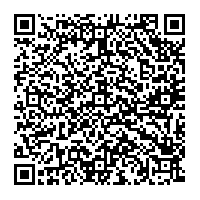Ultrasonic Cavitation in Pakistan
Ultrasonic cavitation in Pakistan is a harmless body molding method that utilizes high-frequency sound waves to target and separate fat cells in the unambiguous regions of the body. The process is also known as "lipocavitation" or "ultrasonic lipolysis."
During the procedure, a handheld device is used to deliver low-frequency sound waves into the targeted area. These sound waves create small bubbles or "cavities" within the fat cells, causing them to rupture and release their contents, which are then eliminated from the body through the lymphatic system.
Ultrasonic cavitation is often used to target areas of the body where stubborn pockets of fat are present, such as the abdomen, hips, thighs, and upper arms. The treatment is typically painless and does not require any anesthesia or downtime, making it a popular alternative to more invasive fat reduction procedures like liposuction.
However, it's important to note that ultrasonic cavitation is not a weight loss solution and is most effective when used in conjunction with a healthy diet and regular exercise routine. Additionally, the results of the treatment may vary depending on the individual's body type, the amount of fat being targeted, and other factors. It's always best to consult with a qualified healthcare professional before undergoing any new treatment or procedure.
How does it work?
Ultrasonic cavitation works by using low-frequency sound waves to disrupt and break down fat cells in the targeted area.
The handheld device used during the procedure emits sound waves that create small bubbles or "cavities" within the fat cells. These bubbles expand and contract rapidly, causing the fat cell membrane to rupture and release its contents into the surrounding tissue.
The released fat is then metabolized and eliminated from the body through the lymphatic system. The process does not damage the surrounding tissues, and the body naturally eliminates the broken-down fat.
Ultrasonic cavitation can be used to target small areas of fat or to reduce the circumference of larger areas such as the abdomen, hips, thighs, and upper arms.
The procedure is typically painless and does not require any anesthesia or downtime. However, it may take multiple sessions to achieve optimal results, and maintaining a healthy diet and regular exercise routine is important to ensure the long-term effectiveness of the treatment.
How long do ultrasonic cavitation sessions last?
The length of an ultrasonic cavitation session can vary depending on the area being treated and the specific protocol used by the healthcare provider. Generally, a single session can last anywhere from 20 minutes to an hour.
During the session, the healthcare provider will use a handheld device to deliver low-frequency sound waves to the targeted area. The device is moved around the area in a circular or sweeping motion, and the patient may feel a slight warming or tingling sensation.
It's important to note that while the treatment itself may only take a short amount of time, multiple sessions may be needed to achieve optimal results. The number of sessions required can vary depending on the individual's body type, the amount of fat being targeted, and other factors.
It's always best to consult with a qualified healthcare professional who can provide more information on the specific details and duration of ultrasonic cavitation sessions.
Which body parts are best for ultrasonic cavitation treatment?
Ultrasonic cavitation can be used to target and reduce the appearance of stubborn fat in various areas of the body. Some of the most common areas treated include:
Abdomen: Ultrasonic cavitation can be used to reduce the appearance of belly fat and love handles in the abdominal area.
Hips and thighs: The treatment can target fat deposits in the hips, thighs, and buttocks area, reducing the appearance of cellulite and contouring the body.
Upper arms: Ultrasonic cavitation can help to reduce the appearance of "bat wings" or excess fat in the upper arm area.
Back: It can target localized fat deposits in the back area, such as bra bulges or muffin tops.
It's important to note that ultrasonic cavitation is not a weight loss solution and is best suited for individuals who are close to their ideal weight but have specific areas of obstinate fat that is impervious to abstain from food and exercise.
It's always best to consult with a qualified healthcare professional who can assess your individual needs and determine if ultrasonic cavitation is the best treatment option for you.
Health Impacts of Ultrasonic Cavitation Treatment in Pakistan?
Ultrasonic cavitation is generally considered a safe and non-invasive procedure for reducing the appearance of localized fat deposits.
Well, with any medical process, there are expected dangers and incidental effects to consider.
Some of the common side effects associated with ultrasonic cavitation may include:
Redness or bruising: Some patients may experience mild redness or bruising in the treated area, which usually subsides within a few days.
Swelling: The treated area may also experience some swelling, which can be alleviated by applying ice packs or taking over-the-counter pain relievers.
Skin irritation: In some cases, ultrasound waves may cause skin irritation or burns, although this is rare.
Numbness or tingling: Patients may experience temporary numbness or tingling in the treated area, which usually resolves within a few days.
Conclusion
It's important to note that ultrasonic cavitation is not a weight loss solution and should not be used as a substitute for a healthy diet and regular exercise routine. The treatment is most effective when used as a complement to a healthy lifestyle and weight management plan.
It's always best to consult with a qualified healthcare professional who can assess your individual needs and determine if ultrasonic cavitation is the best treatment option for you.


